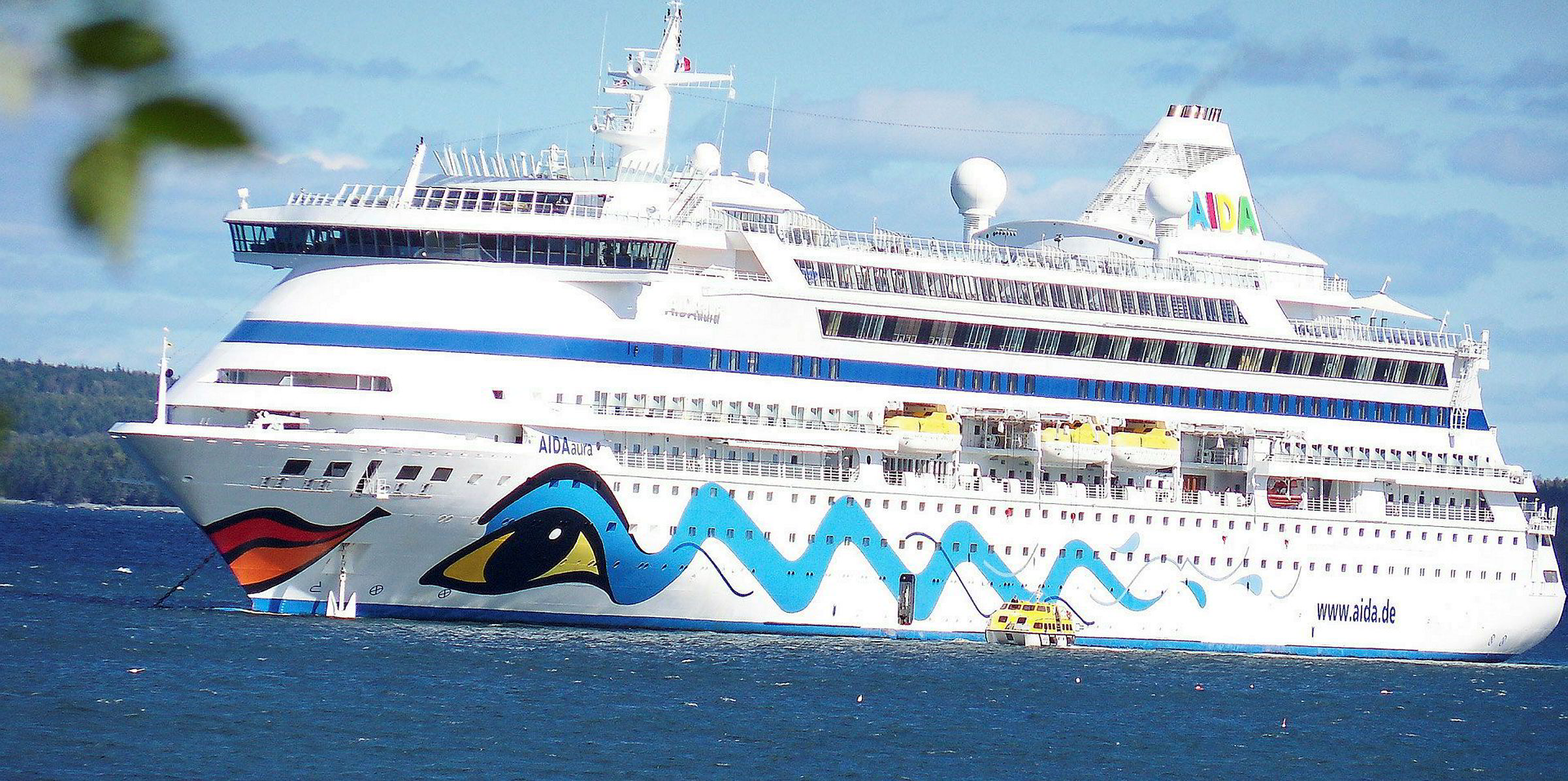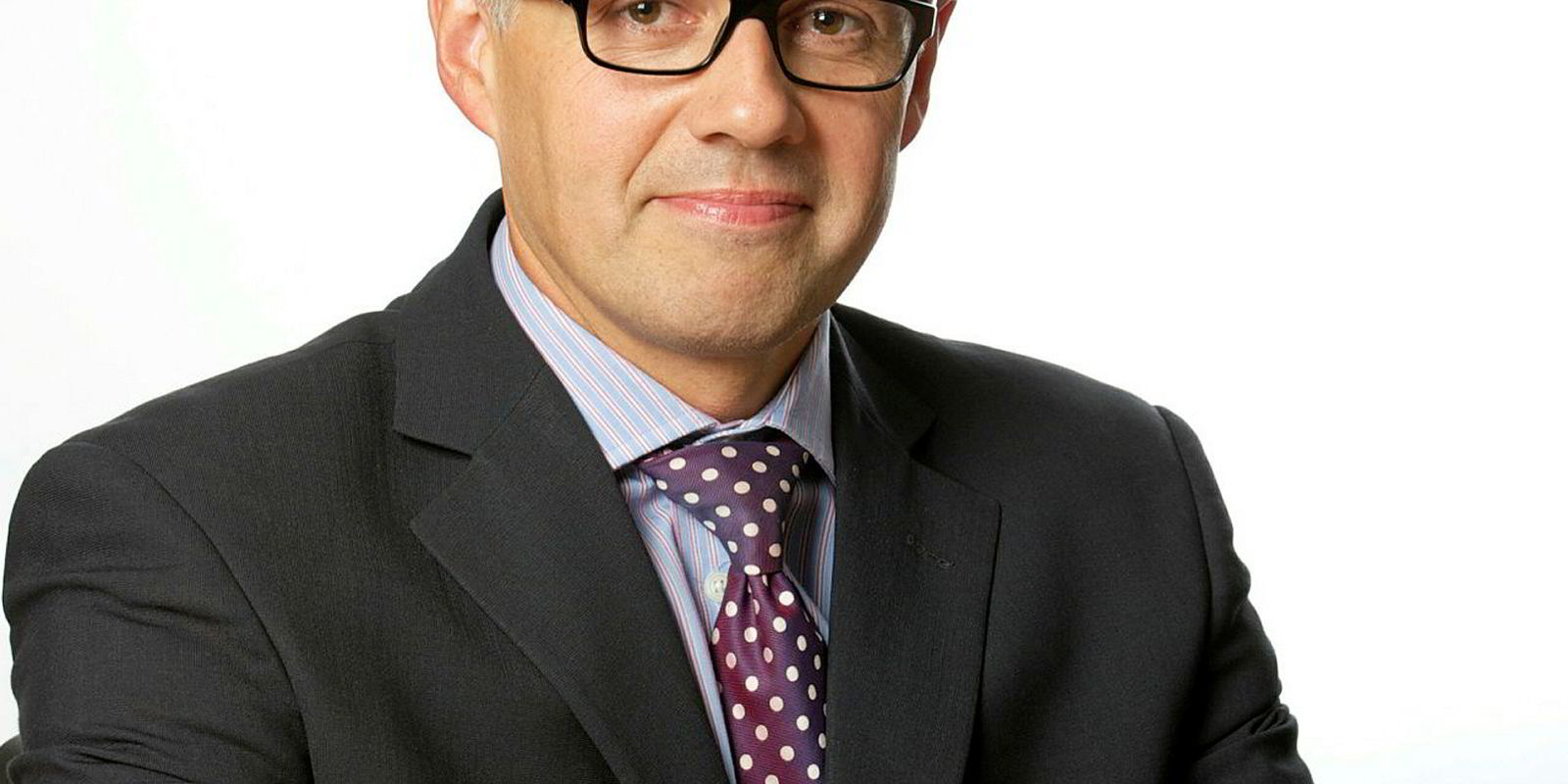There have been relatively few very high-value casualties in recent years, but there is increasing concern about the cost of routine attritional claims.
“What’s killing the soft hull market is attritional claims," a member of London’s Joint Hull Committee declares. "The aggregation of all of those bumps and scrapes is death by a thousand cuts.”
The impact of the very largest incident on the overall claims payout is often highlighted, but the converse is also an issue.
“What keeps underwriters awake at night is not a $100m claim — it's a hundred $1m claims,” the expert adds.
The reason is that a major loss can be shared with reinsurers, but those attritional claims are mostly straight off the bottom line. Some syndicates buy some form of stop loss — but not all. Most syndicates are running $10m, $15m or $20m retentions. So any loss below that runs through the accounts.
“The market is at a massive turning point," the committee member declares. "We’re facing a headwind of low ship values as well as a lot of attritional claims.”
A campaign to raise deductibles by Mark Brockbank, the then chairman of the Joint Hull Committee, is credited with a hull market turnaround that happened in the early 1990s, with underwriters now also seeing deductibles as a helpful adjunct to rate rises.
Deductibles have fallen by perhaps 25% over the soft market, but are now an issue for negotiation.
“Any oceangoing ship above 20,000 gt should really have a $100,000 minimum deductible, for supramaxes and panamaxes it should be $125,000, capesizes $200,000, VLCCs $300,000, LNG carriers half a million and cruiseships a million,” another leading hull underwriter tells TradeWinds.
He would also like to see business that has produced significant machinery-damage claims facing additional specific deductibles.
“Machinery deductibles are an effective method of putting the onus on the shipowner to improve performance,” he says.






